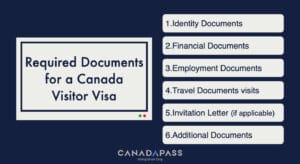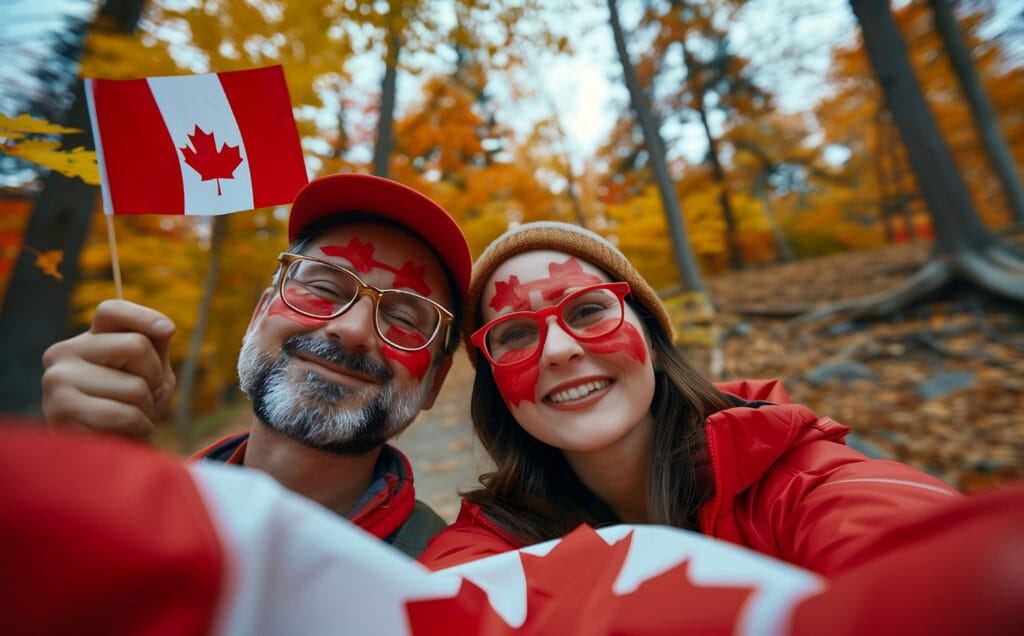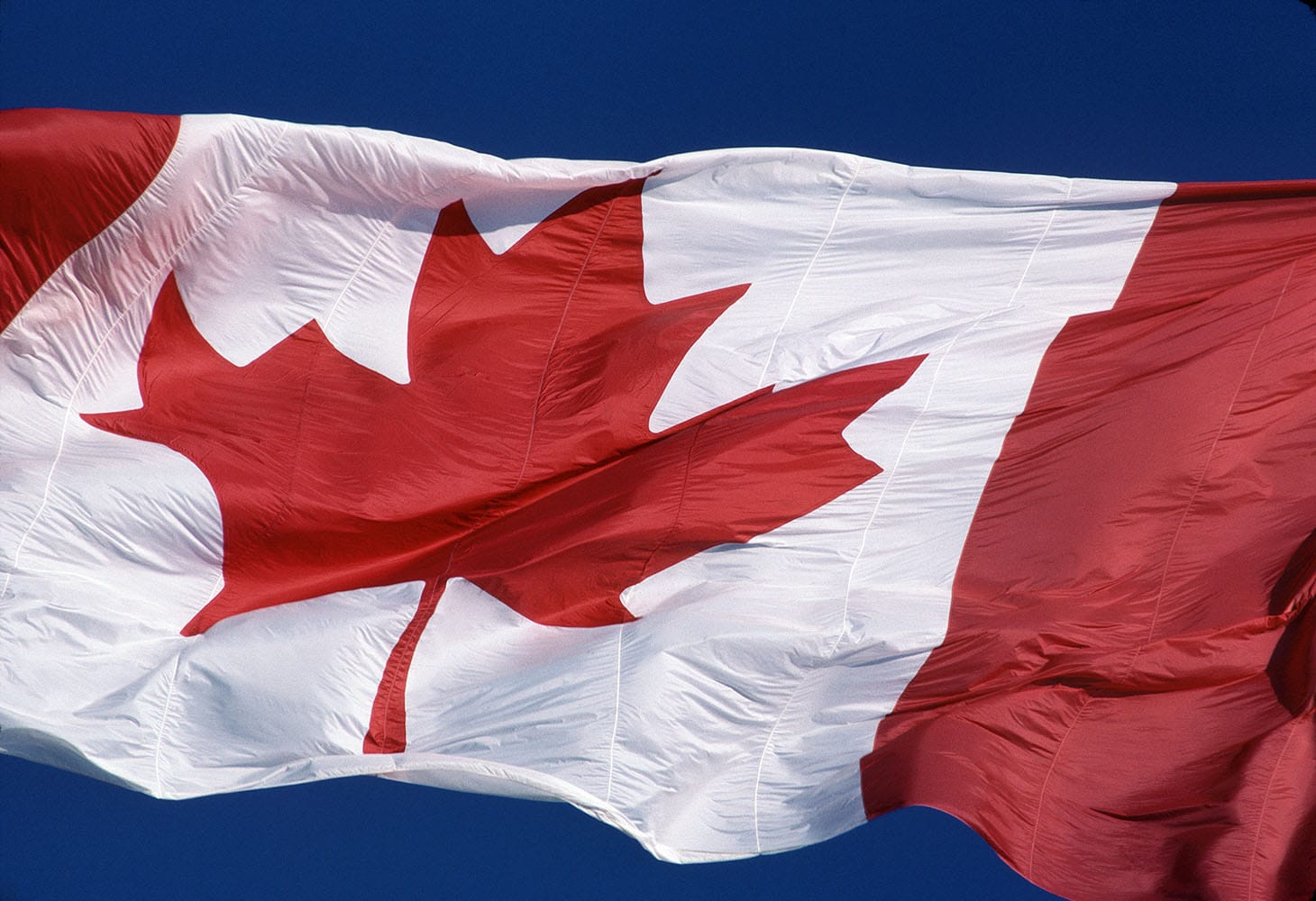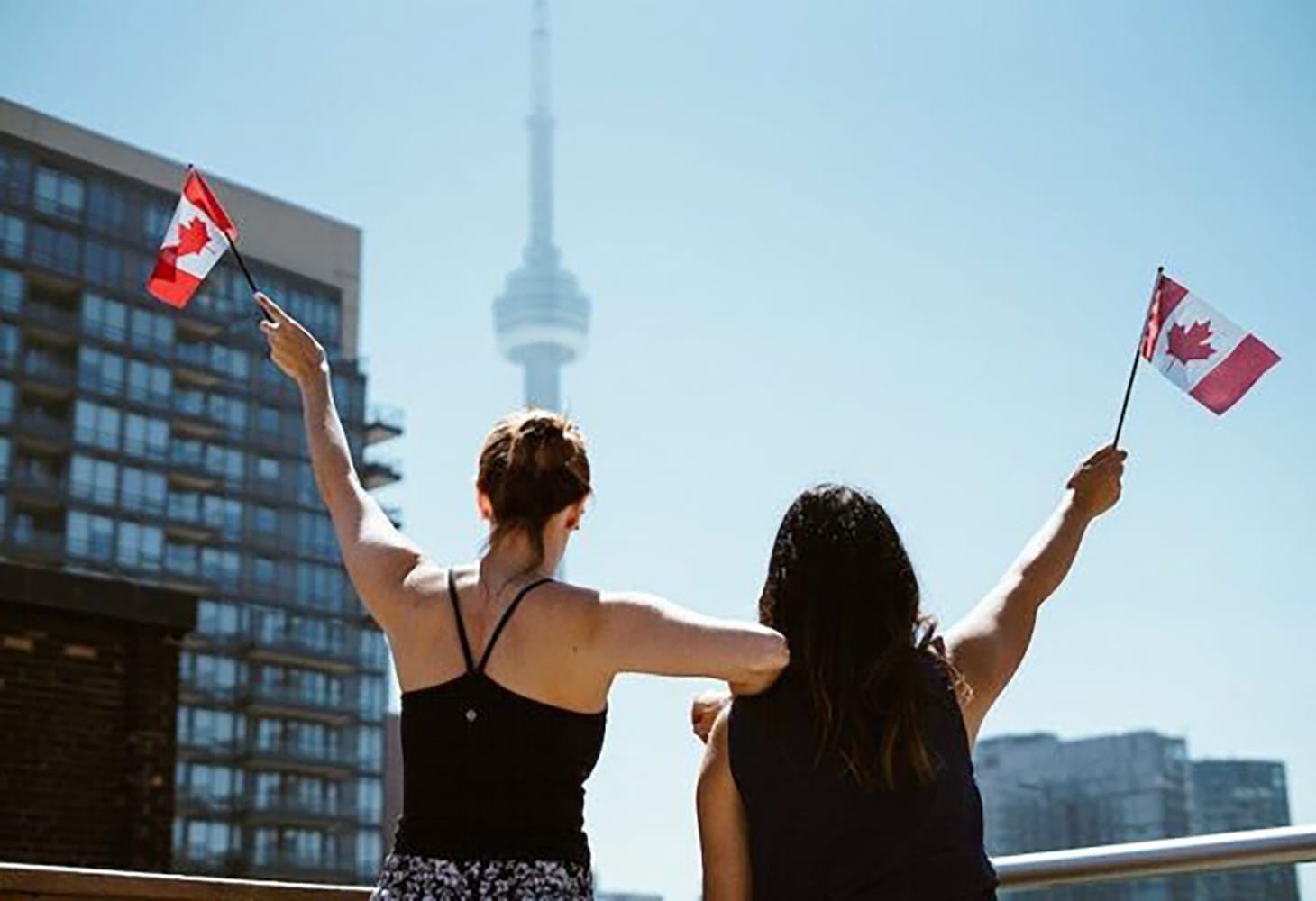A Canada visitor visa (Temporary Resident Visa – TRV) allows foreign nationals to enter Canada for tourism, family visits, business meetings, or short-term study/work. While some travelers from countries that do not require a visa need only an Electronic Travel Authorization (eTA), others must apply for a TRV, meeting strict eligibility criteria and providing proof of intent to return home.
Canada’s stunning landscapes, vibrant cities, and welcoming environment attract millions of visitors yearly. However, securing a TRV requires careful preparation. This guide outlines the eligibility, application process, required documents, and key tips to enhance approval chances, ensuring a smooth travel experience.
Types of Canada Visitor Visas
Canada offers two main types of visitor visas to meet the needs of international travelers: the single-entry visitor visa and the multiple-entry visitor visa. These visa categories are designed to accommodate different travel purposes and frequency of entry.
Single-Entry Visitor Visa for Canada
The single-entry visitor visa permits foreign nationals to enter Canada only once. Once you have entered Canada on a single-entry visa, re-entry is not permitted unless you apply for and are granted a new visitor visa. This visa is ideal for short-term visits such as attending conferences, business meetings, or other specific events.
Key features of the single-entry visitor visa include:
- Validity: The visa is typically valid for a maximum of 6 months.
- Limited Use: It is not suitable for travelers who need to leave and re-enter Canada frequently.
Multiple-Entry Visitor Visa for Canada
The multiple-entry visitor visa is a more flexible option, allowing travelers to enter and exit Canada multiple times as long as the visa remains valid. It is a preferred choice for individuals who plan to travel to and from Canada frequently for various purposes.
Key points about the multiple-entry visitor visa:
- Automatic Consideration: Applicants do not need to specify a preference for a single or multiple-entry visa. visa officers automatically consider all applications for a multiple-entry visa unless special circumstances warrant issuing a single-entry visa.
- Validity Period: A multiple-entry visa can be valid for up to 10 years, depending on the decision of the visa officer .
- Duration of Stay: Each visit under a multiple-entry visa allows a maximum stay of up to 6 months.
- Automatic Issuance for Permit Holders: Individuals holding a study permit or work permit are automatically issued a visitor visa (usually a multiple-entry visa) to allow entry to Canada to activate their permit.
- Re-Entry During Temporary Residency: Temporary residents who leave Canada during their study or work period do not need to apply for a new visitor visa as long as their current visa and permits remain valid.

Understanding Canada Visitor Visa: Who Needs It and Why?
A Canada visitor visa, also known as a Temporary Resident Visa (TRV), is mandatory for anyone who wishes to enter Canada and is not a citizen, permanent resident, or a passport holder from a visa-exempt country. This requirement applies regardless of the purpose of the visit, whether for tourism, business, or transit.
Key Points to Keep in Mind:
- Canadian Permanent Residents: Permanent residents of Canada are ineligible to apply for a visitor visa, even if their Permanent Resident Card has expired. Instead, they must apply for a Permanent Resident Travel Document (PRTD) to re-enter Canada.
- Business Visitors: Individuals planning to visit Canada for business-related purposes, such as attending conferences, exploring partnerships, or discussing contracts, need to apply for a
- business visitor visa. This visa is specifically for exploring business opportunities and does not permit employment in Canada.
- Transit Travelers: If you are transiting through Canada on the way to another country, you will also need a visitor visa unless you qualify under the Transit Without Visa (TWOV).
- Tourists and Family Visits: A visitor visa is required for those traveling to Canada for leisure, sightseeing, or visiting friends and family. This includes short-term trips to explore Canada’s attractions or to spend time with loved ones.
Required documents for obtaining a Canada visitor visa
Below is a checklist of documents typically required for a visitor visa application:
| 1 | Tourist Visa Application Form (IMM5257) | |
| 2 | Family Information Form (IMM5645) | |
| 3 | National ID, military service or exemption card, birth certificate, and passport valid for at least 6 months | |
| 4 | Marriage certificate (if applicable) | |
| 5 | Travel insurance | |
| 6 | Consent letter for minors (under 18) | |
| 7 | Copies of previous passports with visa stamps | |
| 8 | Recent passport-sized photograph | |
| 9 | Proof of payment for visa processing fee | |
| 10 | Financial documents such as the last 6 months’ bank statements and account balance | |
| 11 | Employment documents to show intent to return home, such as: | 6 recent pay stubs Insurance records Employment contracts Payroll and tax receipts Business license and company registration |
| 12 | List of assets with supporting documents (e.g., property deeds, land, vehicle titles) as proof of intent to return | |
| 13 | Letter stating purpose of visit and assurance of returning home, which may include: | Invitation letter from a friend or family member in Canada Contact information of people who can confirm your travel purpose Other supporting documents proving your travel purpose |
| 14 | Detailed travel itinerary (e.g., accommodation confirmations, hotel bookings, flight tickets, or event attendance proof) | |
| 15 | Documents from the inviter (if any), such as: | Citizenship card, permanent residency, work/study permit, or any document showing their legal status in Canada Financial statements or bank records of the inviter as proof of financial support for hosting |
| 16 | Arrive CAN receipt (electronic or paper) upon arrival in Canada | |
| 17 | Certificate of no criminal background | |
| 18 | Medical examination documents, if required | |
| 19 | Biometrics confirmation from VAC centers | |
Canada Visitor Visa Fees
Before discussing the fees for a Canadian visitor visa, it’s essential to note that this payment only covers the processing of your application. Regardless of whether the application is accepted or rejected, the fee is non-refundable.
| Type of Fee | Amount (in CAD) |
| Tourist Visa per person | $100 |
| Tourist Visa per family (5+ members applying together) | $500 |
| Tourist Visa Extension per person | $100 |
| Visitor Status Restoration | $200 |
| Biometrics per person | $85 |
| Biometrics per family (2+ members) | $170 |
Financial Proof Required for a Canadian Tourist Visa
When you travel to Canada as a visitor, you must demonstrate sufficient financial means to cover your expenses, as well as those of any companions, for the duration of your stay. Keep in mind:
- The Canadian immigration department has not set a specific minimum amount.
- The required amount varies depending on factors such as the applicant’s circumstances, length of stay, number of companions, and accommodation type (e.g., hotel or staying with friends/family). CanadaPass advisors suggest showing at least $2,000 per month of stay in Canada to ensure financial security.

Steps to obtain a visitor visa for Canada
- Gather the necessary documents to demonstrate that you meet the requirements for a Canadian tourist visa.
- Create an account by visiting the provided link.
- Upload the required documents in their respective sections.
- Pay the fees for processing your documents and application.
- Schedule a biometrics appointment at one of the VAC centers and provide the necessary documents (if you’ve applied for any type of Canadian visa in the past 10 years, you may not need to provide biometrics again).
- Wait for the review of your application and for the result to be announced.
- If needed, submit any additional or supplemental documents requested.
- Complete the visa pickup.
- Prepare for travel and entry into Canada.
Increasing Your Chances of Getting a Canadian visitor Visa
Here are some key strategies to increase your chances of a successful application:
- Strengthen Your Travel History: A positive travel history can enhance your credibility. If you have traveled to other countries and adhered to their visa regulations, it shows that you are likely to follow Canada’s rules as well. The more countries you have visited without overstaying your visas, the stronger your case will be.
- Show a Stable Financial Situation: Prove that you have sufficient funds to support yourself during your stay in Canada. Providing bank statements, pay slips, and other financial documents will demonstrate that you are financially capable of covering your travel, accommodation, and daily expenses.
- Provide Evidence of Asset Ownership: Ownership of property or other valuable assets in your home country strengthens your application. It signals to the immigration officer that you have significant ties to your home country and are less likely to overstay your visa.
- Submit Job and Income Documents: Providing documents related to your employment, such as a letter from your employer, pay slips, or proof of business ownership, will help prove that you have a stable job and income in your home country. This further solidifies that you have reasons to return once your visit to Canada ends.
- Provide Identification for Family Members: If you have family members who are residing in your home country, including their identification documents in your application can also show strong ties to your home country. This reinforces that you are not likely to remain in Canada unlawfully, as you have family commitments to return to.
Final Thoughts
Obtaining a Canadian visitor visa may seem like a complex process, but with proper planning and a clear understanding of the requirements, it is very much achievable. This guide has provided you with crucial information about the visa application process, the necessary documentation, and tips for increasing your chances of success.
By ensuring you meet all the conditions and staying organized, you can confidently pursue your dream of visiting Canada, experiencing its stunning landscapes, lively cities, and rich cultural diversity. If you need further assistance, clarification, or want to ensure your application is in perfect order, the experts at CanadaPass are here to guide you through the process and maximize your chances of approval. Feel free to reach out for personalized support. Safe travels and good luck with your Canadian journey!









